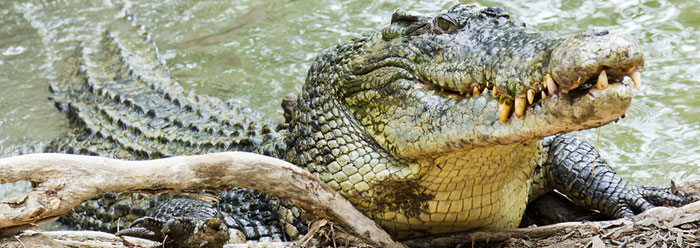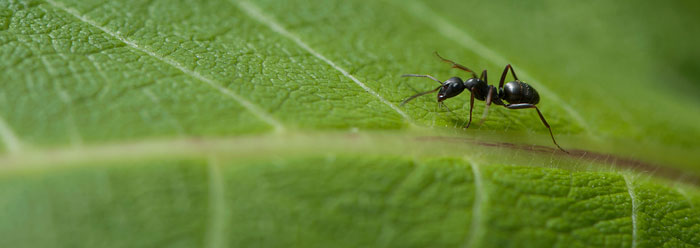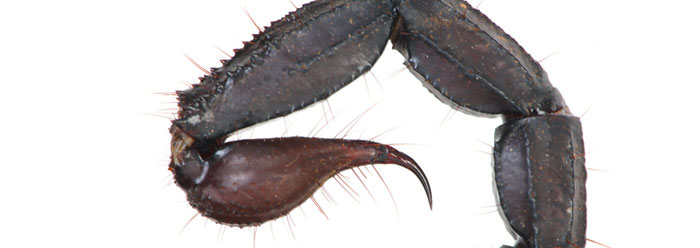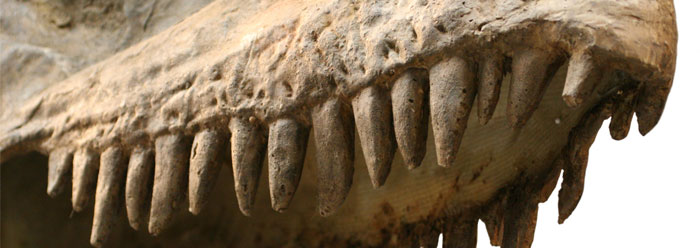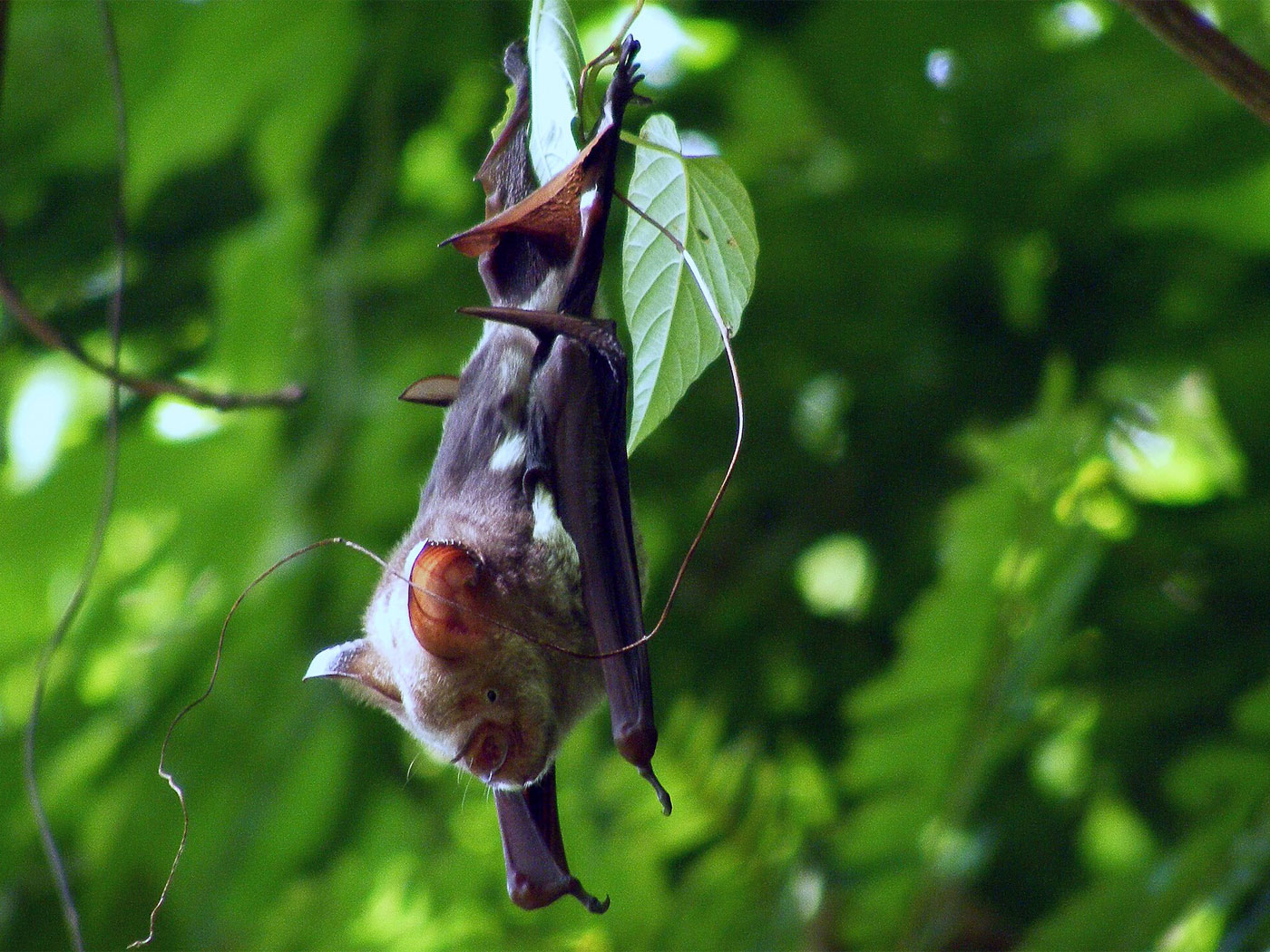Just the sight of a crocodile's or alligator's large, tooth-filled gob invokes fear. From time to time those big green things dismember people.1 With the crocodile's snarly look and nasty reputation, many people have no qualms in categorizing these reptiles as carnivores, even as obligate carnivores.2 Must God have outfitted these, and similar creatures, with teeth specifically purposed to eat other animals?
If so, this would suggest that God is a bit mean, and not the generous Creator Scripture reveals. New research confirms a longstanding creation explanation for these terrible teeth.
Responding to this issue in 2009, Dan Criswell wrote in Acts & Facts, "The same teeth in many kinds of predatory animals used to shred meat can also be used to shred plant material."3 He argued that, contrary to popular sentiment, a certain tooth structure does not demand carnivory. The fault lies not in the tooth's Creator, but in sin-cursed animal behavior.
Genesis 1:30 says, "'Also, to every beast of the earth, to every bird of the air, and to everything that creeps on the earth, in which there is life, I have given every green herb for food'; and it was so." Therefore, according to Scripture, the originally created crocodilians ate plant material. Of course, that all changed when sin entered through mankind, resulting in the universal curse.
Now, researchers confirmed what few had even suspected—crocodiles regularly eat vegetation.
Reporting in the Journal of Zoology, a group of U.S. scientists studied alligator diets from Florida's Everglades National Park.4 Their review of published studies added to new observations finding that 13 of 18 crocodylian species eat fruit from 34 different plant families.
Gators often eat fleshy fruit. Some fruit falls into their mouths while they are pursuing animal prey; "however, there is little doubt that on occasion, fruit is deliberately consumed, often in large quantities," according to the study authors.4
For example, "Last year a researcher working in south-east Asia reported seeing a wild Siamese crocodile tucking into a watermelon," according to New Scientist.5
Teeth weren't put there for eating meat, but for eating vegetation. But in this temporarily terrible Earth, those animals with originally good behaviors suffer from a curse that permits them to use their God-given teeth for terrible and bloody encounters. Does crocodilian preference for fruit reflect their original, Edenic state?
Maybe crocodiles and alligators should be viewed in a softer light, although from a safe distance.
References
- For example, The [Charleston] Post and Courier reported in 2007 how snorkeler Bill Hedden lost his left arm to a 12-foot alligator in South Carolina. "Man's Arm Salvaged from Alligator's Belly," September 17.
- Obligate carnivores are supposed to eat only meat.
- Criswell, D. 2009. Predation Did Not Come from Evolution. Acts & Facts. 38 (3): 9.
- Platt, S.G. et al. 2013. Frugivory and seed dispersal by crocodilians: an overlooked form of saurochory? Journal of Zoology. Published online before print, Jul 16, 2013.
- Barras, C. Crocodiles may need their fruity five-a-day. New Scientist. Posted on newscientist.com on July 30, 2013, accessed July 31, 2013.
* Mr. Thomas is Science Writer at the Institute for Creation Research.
Article posted on August 9, 2013.




